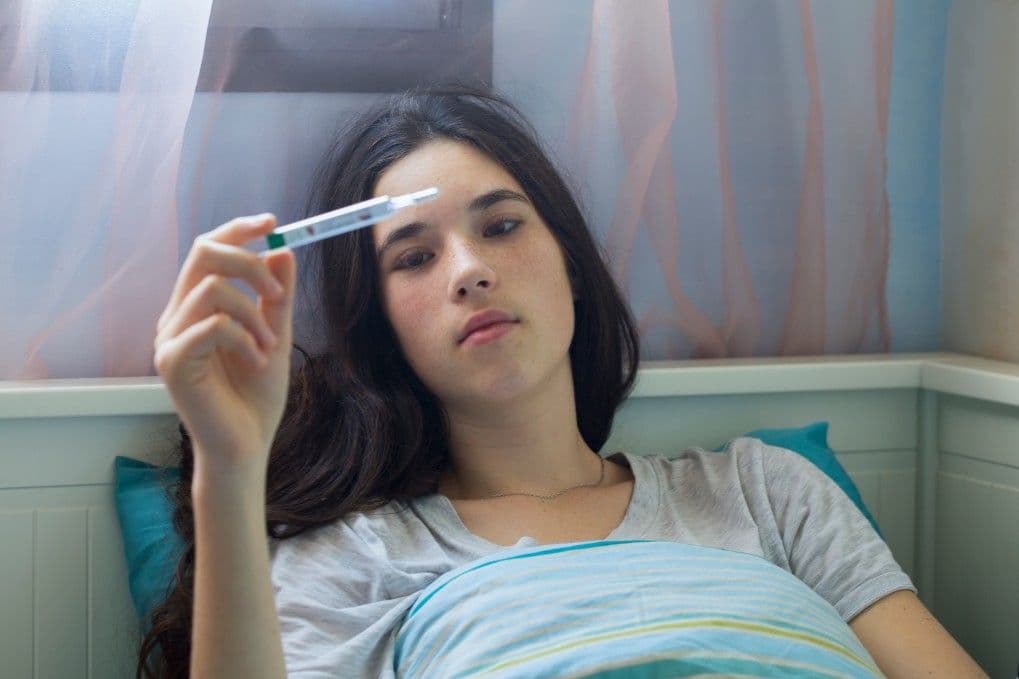Hormone Receptor Status of Invasive Ductal Carcinoma
Obie Editorial Team
If a cancer is ER-positive or PgR-positive, that means the cancer has receptors that feed off these particular hormones; however, these hormone sensitive cancers are likely to grow and a slightly slower rate than receptor negative cancers. These receptor positive cancers have a tendency to be more positively responsive to hormonal therapies in addition to chemotherapy and radiation. The most commonly use hormonal therapy is tamoxifen; however, other medications like Arimidex (anastozole), Aromasin (exemestane), Faslodex (fulvestrant), Femara (letrozole), and Raloxifene (Evista) may also be used. These medications work within the tumor by blocking the hormone receptors, thus preventing the signal to the cancer cells that tell them to grow. Some treatments also work by lowering the amount of the hormones themselves in the body. Approximately 75 to 80 percent of breast cancers are positive to one or both of these receptors. Tumors that are low grade, or grade one, have a greater likelihood of being positive for one of these receptors.
Healthy breast tissue cells contain two copies of the HER2 gene. HER2 positive cancer cells may have more than two copies, which begin over-producing the HER2 protein. This over-production of HER2 protein causes cells that are affected to divide and grow much faster than they should. Some may ask if the HER2 gene is inherited, but the answer to this question is ‘no.’ It is possible that this genetic malfunction is caused by wear and tear on the body and aging. It is not yet certain if environmental factors like fumes, smoking, or pollution contribute to the problem. In 2007, the ASCO and CAP developed guidelines for testing the HER2 protein status of breast cancer tissue samples. These guidelines increase the accuracy and reproducibility of the test results. The majority of labs that test for the HER2 protein follow these guideline recommendations. Cancers that are HER2 positive, especially those with high levels of HER2, are more likely to respond to therapies with Tykerb/Tyverb (lapatinib) and Herceptin (trastuzumab) that target the HER2 protein. Ongoing advances in medical research are producing additional tests that can be used as well. One of these is the Fluorescence In Situ Hybridization (FISH) test, which utilizes fluorescent probes to analyze cells and determine the quantity of HER2 genes present. If the IHC test is used, a score of 3+ is considered HER2 positive. Can Herceptin to treat HER2 positive cancers can reduce the size of HER2 positive tumors prior to surgery, destroy HER2 cells that have spread beyond the origination site of the cancer, and prevent HER2 positive tumors that had spread to the lymph nodes or that are larger than 2 cm from recurring.
The test scores for these receptors may show as a grade or a percentage. If the IHC is scored as a grade, it will be one of four grades. If your score is a 0, it means there were no hormone receptors found. If your score is a 1+, it means there are a small number of receptors. A score of 2+ indicates a medium number of receptors, and a score of 3+ indicates a large number of receptors. A percentage score will be from 0% to 100% indicating what percentage of cells tested positive for hormone receptors.
If a tumor is ER negative, PR negative, and HER2 negative, the treatment plan will usually consist of only a combination of chemotherapy, radiation, and/or surgery.







